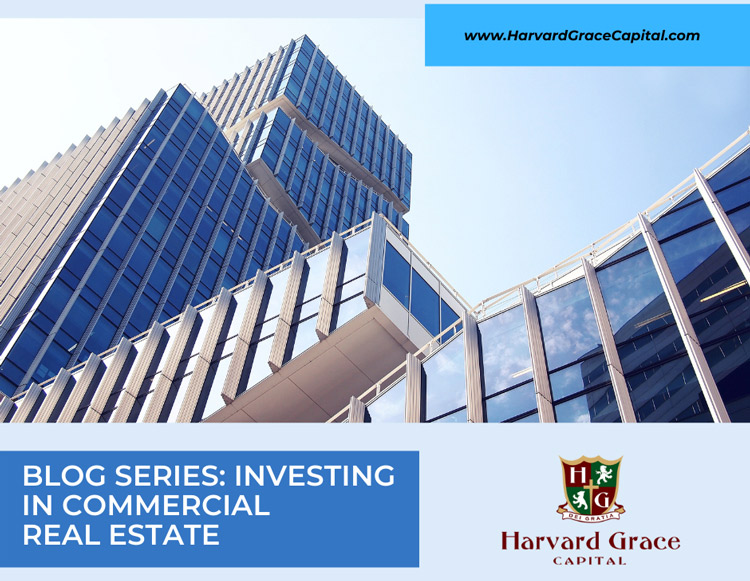You’ve found what looks like a good deal. How do you analyze it? There are numerous ways to evaluate commercial properties. Entire textbooks have been dedicated to the topic. Assuming you haven’t bitten off more than you can chew, there is a simple way to get started.
The initial assessment of any commercial property is very simple:
- Determine the revenue for the property. This is all the income the property generates. For many commercial properties, it’s the total rent $ collected over the entire year.
- Avoid basing your calculation on 0% vacancy. Take a look at the historical numbers. What are the vacancy rates for similar properties in the area?
- Are the current rents reasonable? It’s often possible to raise the rents if the property has been owned by the same person for a long period of time. However, consider the length and terms of the leases already in place.
- This value is also called the “gross income.”
- Determine the expenses. Exclude the mortgage, but include everything else. These are considered the “operating expenses.”
- Taxes
- Repairs and maintenance
- Insurance
- Salaries
- Supplies
- Marketing
- Utilities
- Management services
- And any other expenses
- Calculate the cost of servicing the debt. Remember that you’ll have to make a monthly mortgage payment unless you’re able to pay for the property from your own pocket. Consider your down payment and the current rates for a commercial mortgage.
- Subtract the expenses and the debt from the revenue. Work on an annual basis and determine the cash flow for the property.
The most important issue is the cash flow! Make sure you have a good understanding of how much money will be coming in and going out each month so that, if you choose to invest in the property, you can be sure to make an acceptable ROI.
Thanks for reading! Stay tuned over the next few weeks for the rest of this series, and as always, give us a holler if you want to chat about your own CRE investing journey.

